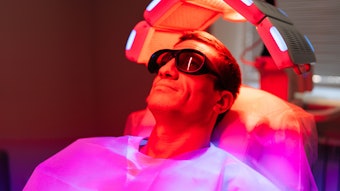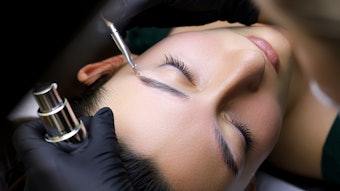Scientists report that the p53 gene, which works to curb tumors, also triggers the chemical chain reaction that makes the skin tan when exposed to ultraviolet (UV) light.
The p53 gene spurs the tanning process to reduce UV damage, note the researchers, who included David Fisher, MD, PhD, of Boston's Dana-Farber Cancer Institute and Harvard Medical School.
Fisher's team found that mice without the p53 gene weren't able to tan when exposed to UV light.
And when the p53 gene triggers the tanning process, it also boosts the release of beta-endorphin, one of the body's "feel-good" chemicals.
"The induction of beta-endorphin appears to be hard-wired to the tanning pathway," Fisher says in a Cell Press news release. "This might explain addictive behaviors associated with sun-seeking or the use of tanning salons."
The study appears in Cell, along with an editorial by experts including Moshe Oren, PhD, of the molecular cell biology department at the Weizmann Institute in Rehovot, Israel.
One day, skin lotions may be able to activate p53 just enough to trigger tanning without allowing UV damage, the editorialists note.
In the Cell Press news release, Fisher says he is involved in a small biotechnology company working to develop such a product.
SOURCES: Cui, R. Cell, March 9, 2007; vol 128: pp 853-864. Oren, M. Cell, March 9, 2007; vol 128: pp 826-828. News release, Cell Press. News release, Dana-Farber Cancer Institute.
By Mirandi Hitti, WebMD, March 9, 2007










